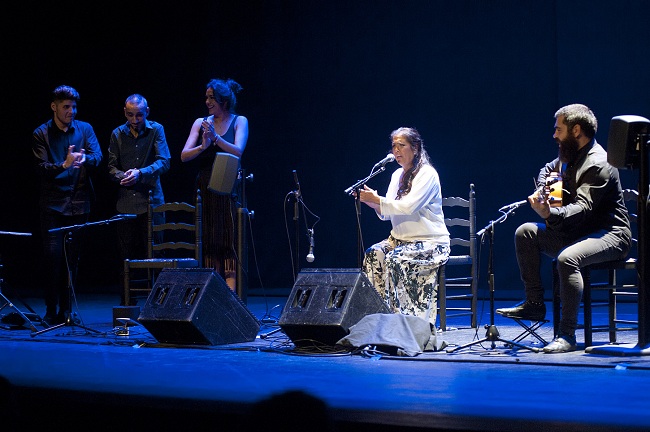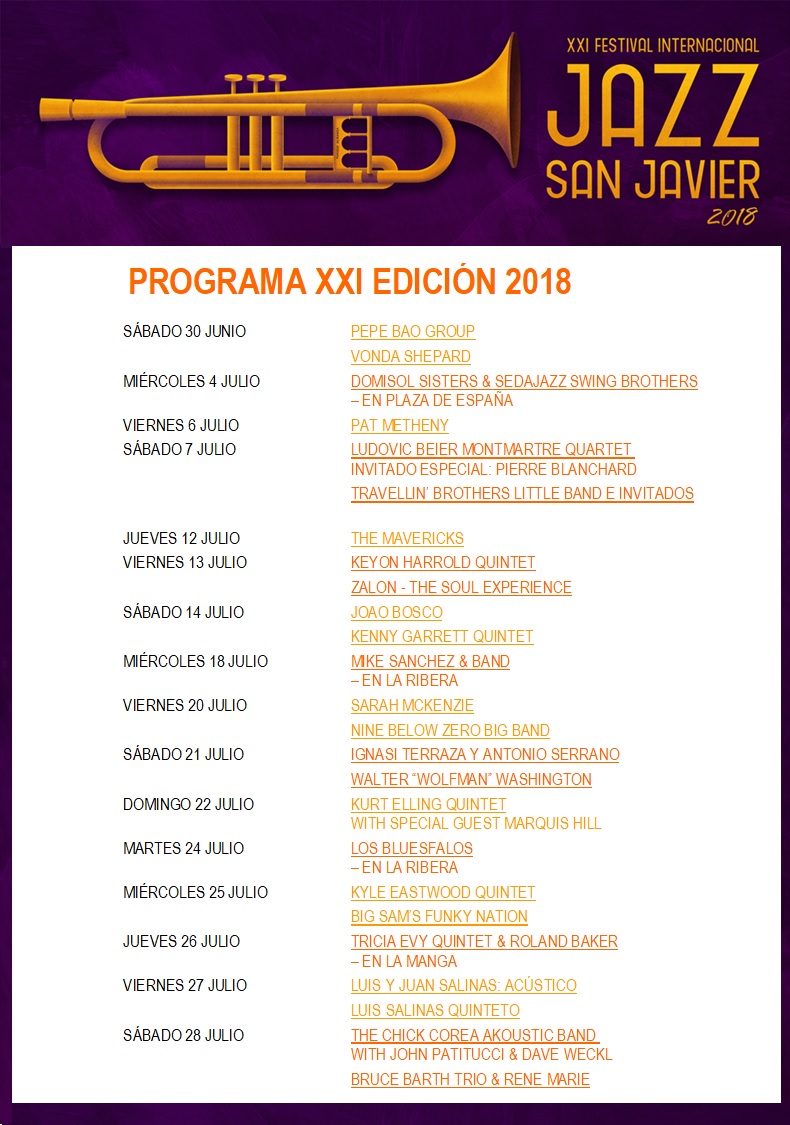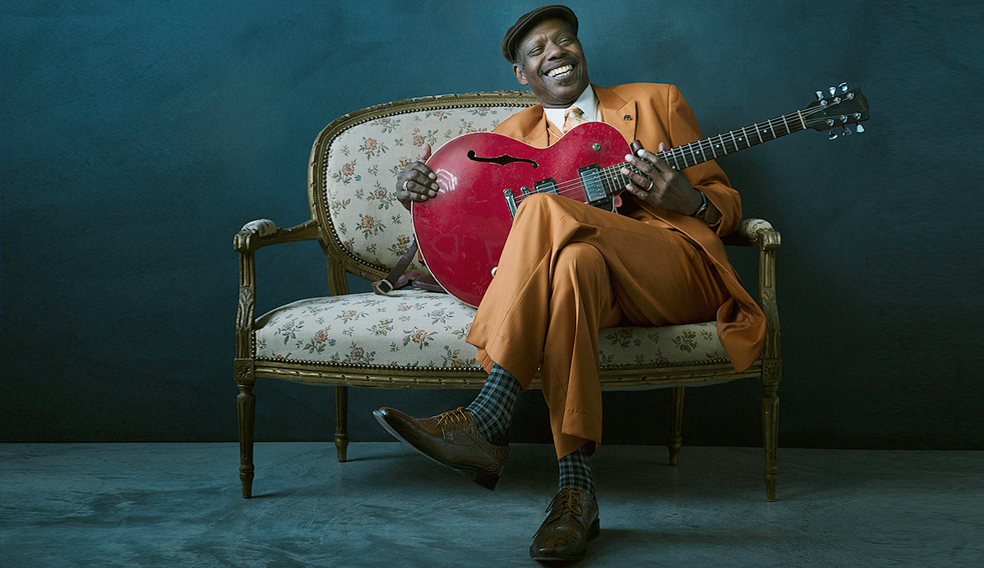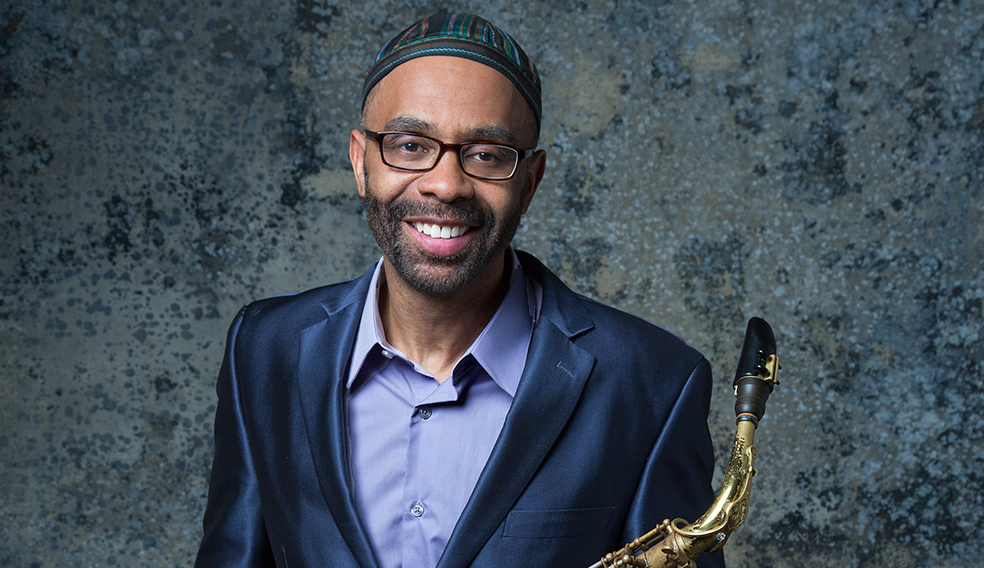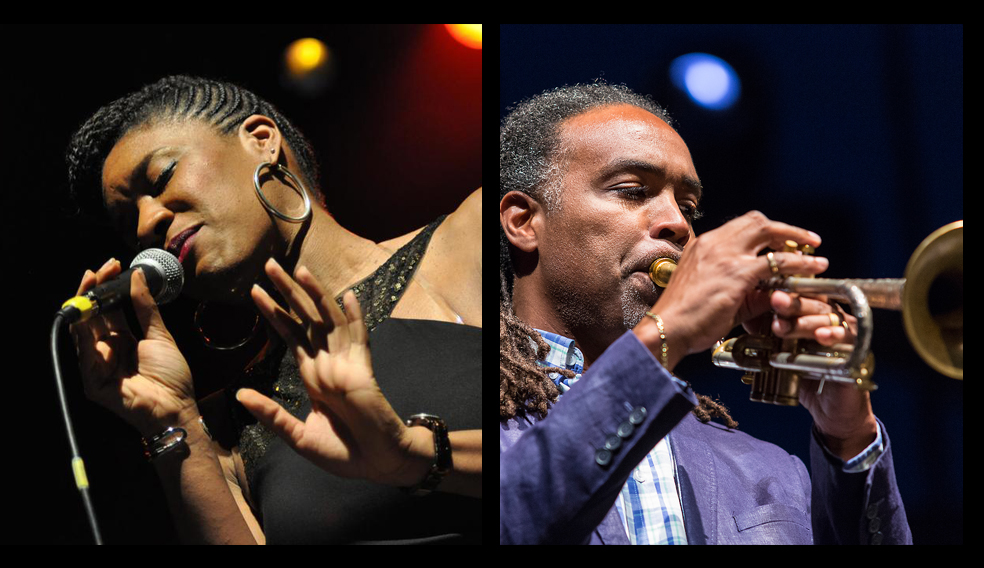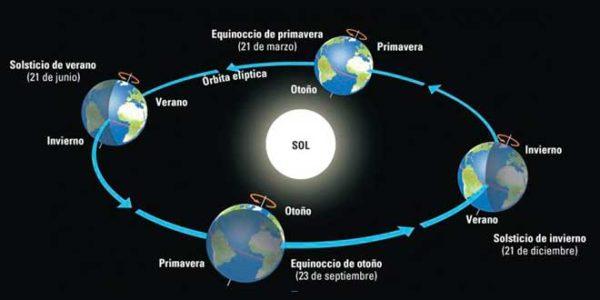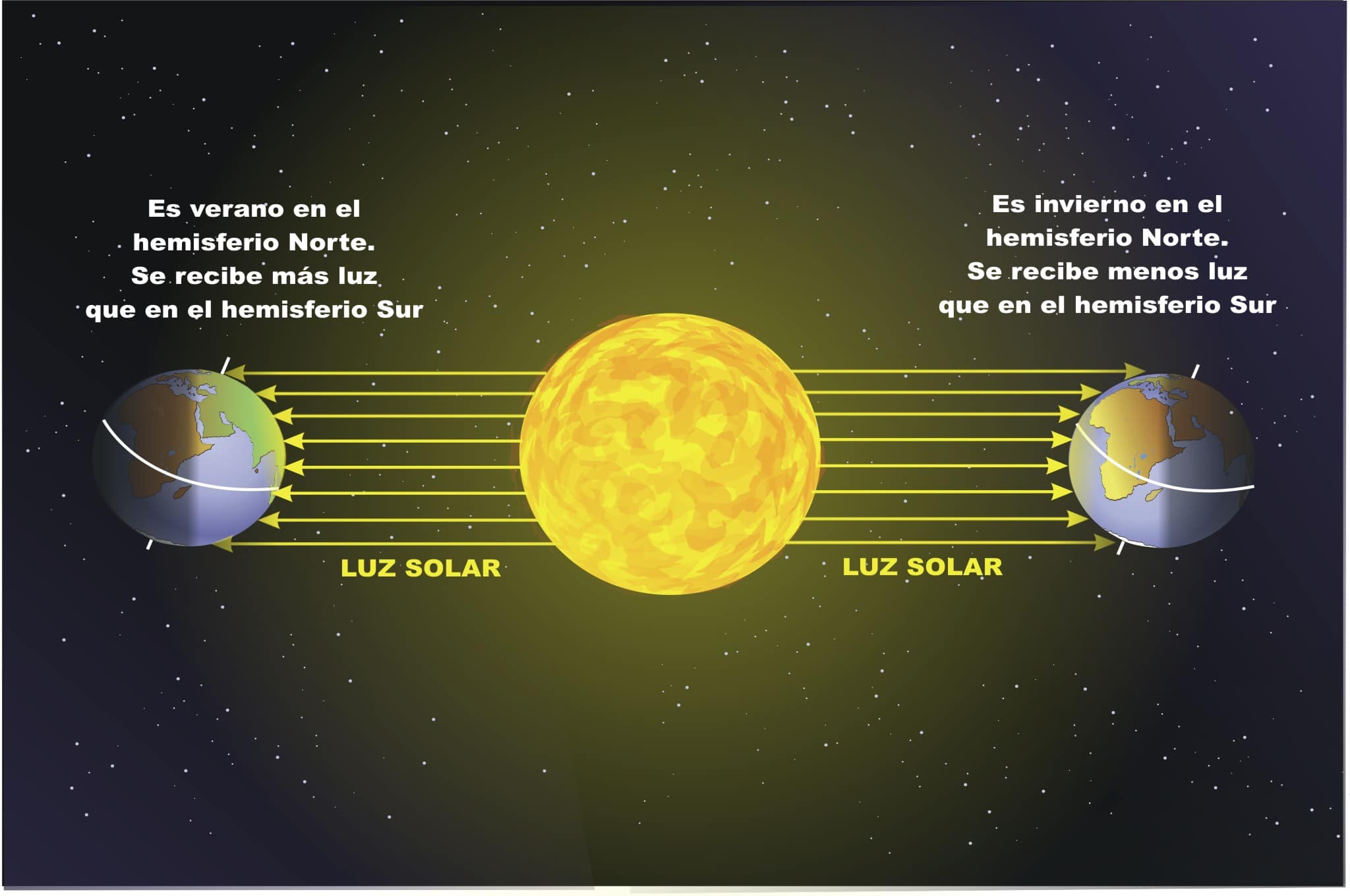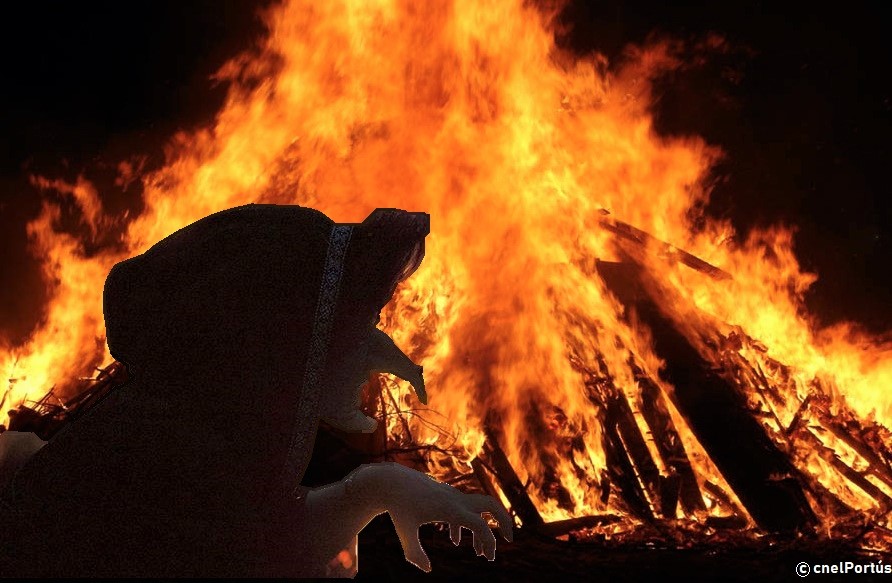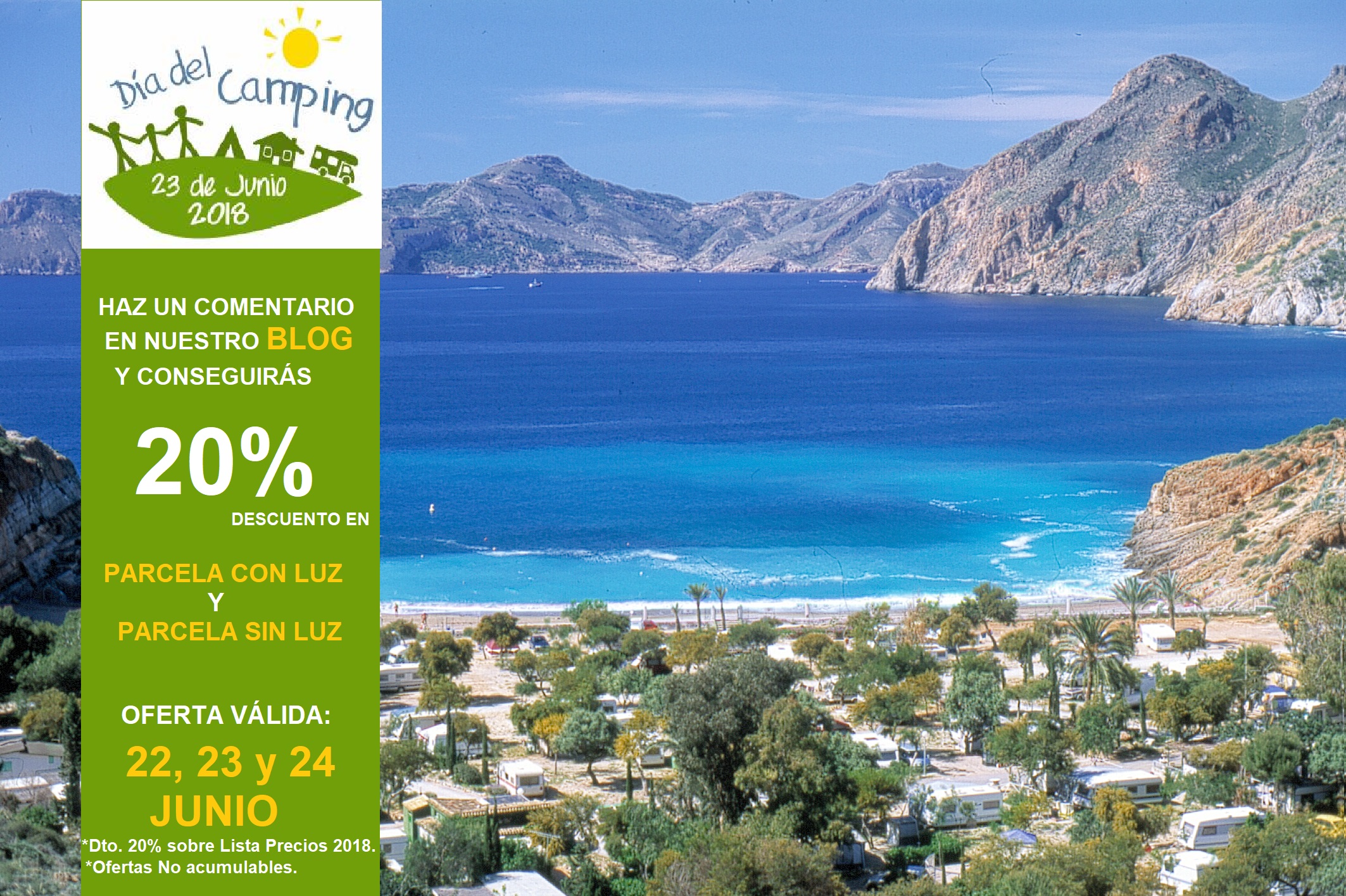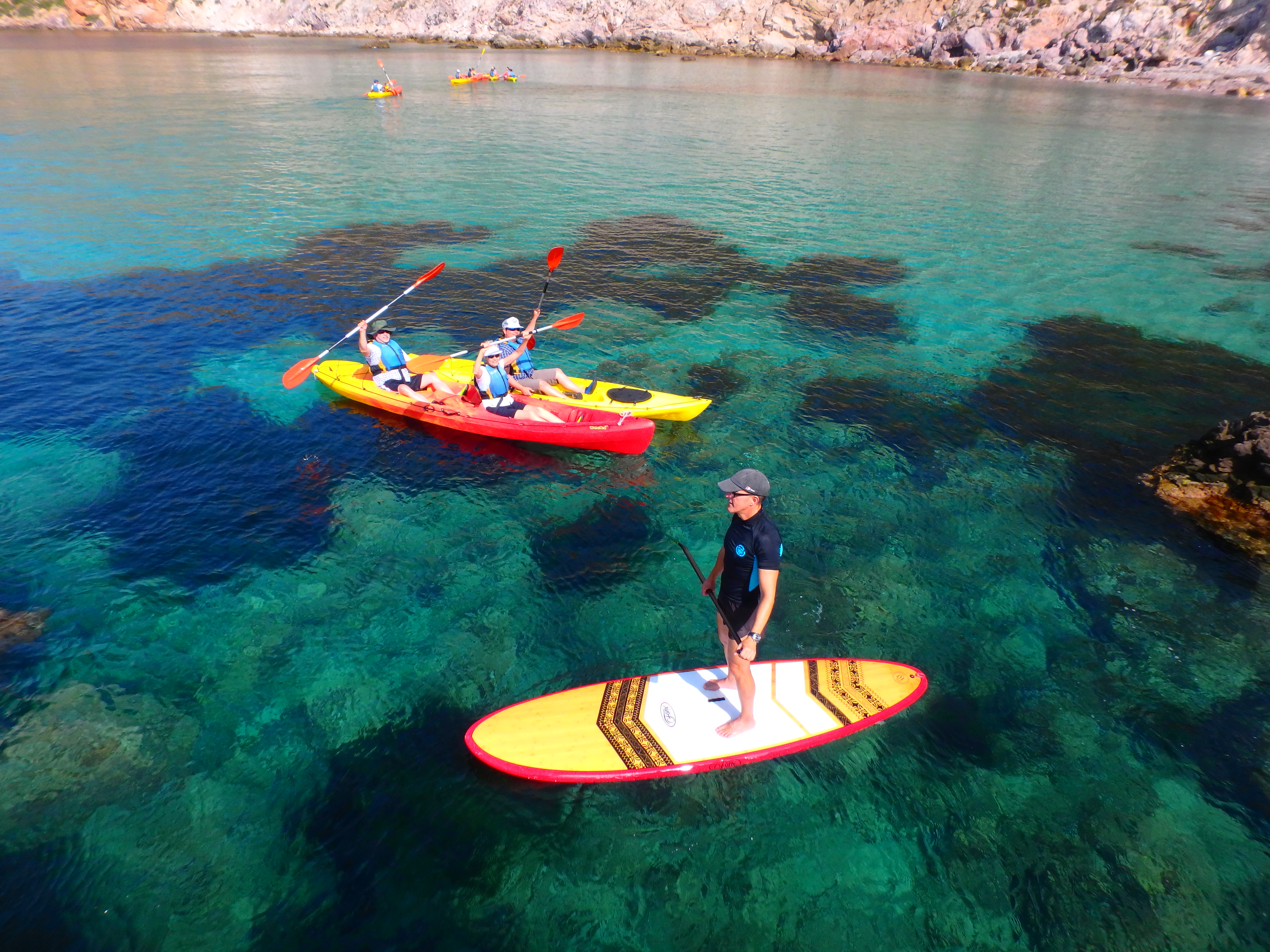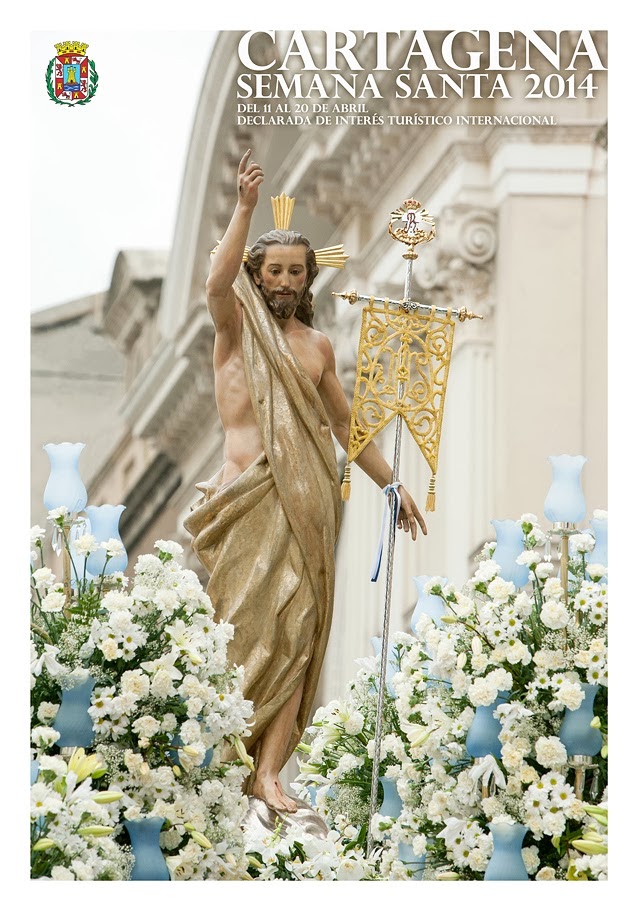Volvemos a Europa en esta edición de la Mar de Músicas, y vamos a dirigir nuestra mirada al que muchos llaman el país de la felicidad, Dinamarca.
Ésta vigésimo cuarta edición que se celebrará de 20 al 28 de Julio, se centrará como en ediciones anteriores en dar a conocer la música, el arte, el cine y la literatura de este país invitado; país cuya programación musical os mostramos a continuación.
Descarge la imagen siguiente, para poder ampliarla

.
A continuación, una breve selección de los artistas con más renombre de esta edición :
TEXAS (ESCOCIA)
Entre los artistas invitados, el grupo Texas llenará La Mar de Músicas. Los escoceses que actuarán en el Auditorio Parque Torres el domingo 22 de julio ya han vendido todas las entradas para su concierto de Cartagena.
La banda formada por Sharleen Spiteri, Ally McErlaine y Johnny McElhone estarán en el festival presentando su nuevo trabajo, Jump on Board, sin olvidarse de repasar lo mejor de su exitosa carrera musical.

Texas es una de las bandas más queridas y referenciales del britpop, con tres décadas de éxito a sus espaldas. La banda escocesa de rock alternativo está viviendo una segunda juventud y se acercan a La Mar de Músicas con nuevo álbum Jump on board. “Nos sentimos renovados».
Definitivamente nos lo hemos pasado en grande haciendo este disco. Es hora de mostrarlo. Es como un nuevo comienzo. Es el siguiente capítulo de nuestra historia, y nos encanta” decía hace unos días la incombustible Sharleen Spiteri en una entrevista. La banda, fundada en Glasgow en 1986, han vendido más de 35 millones de discos a lo largo de toda su trayectoria y cuenta con temas que son ya himnos generacionales Say what you want, Summer Son, Inner Smile… Música para hacer feliz.
ALBA MOLINA CANTA A LOLE Y MANUEL (ESPAÑA)
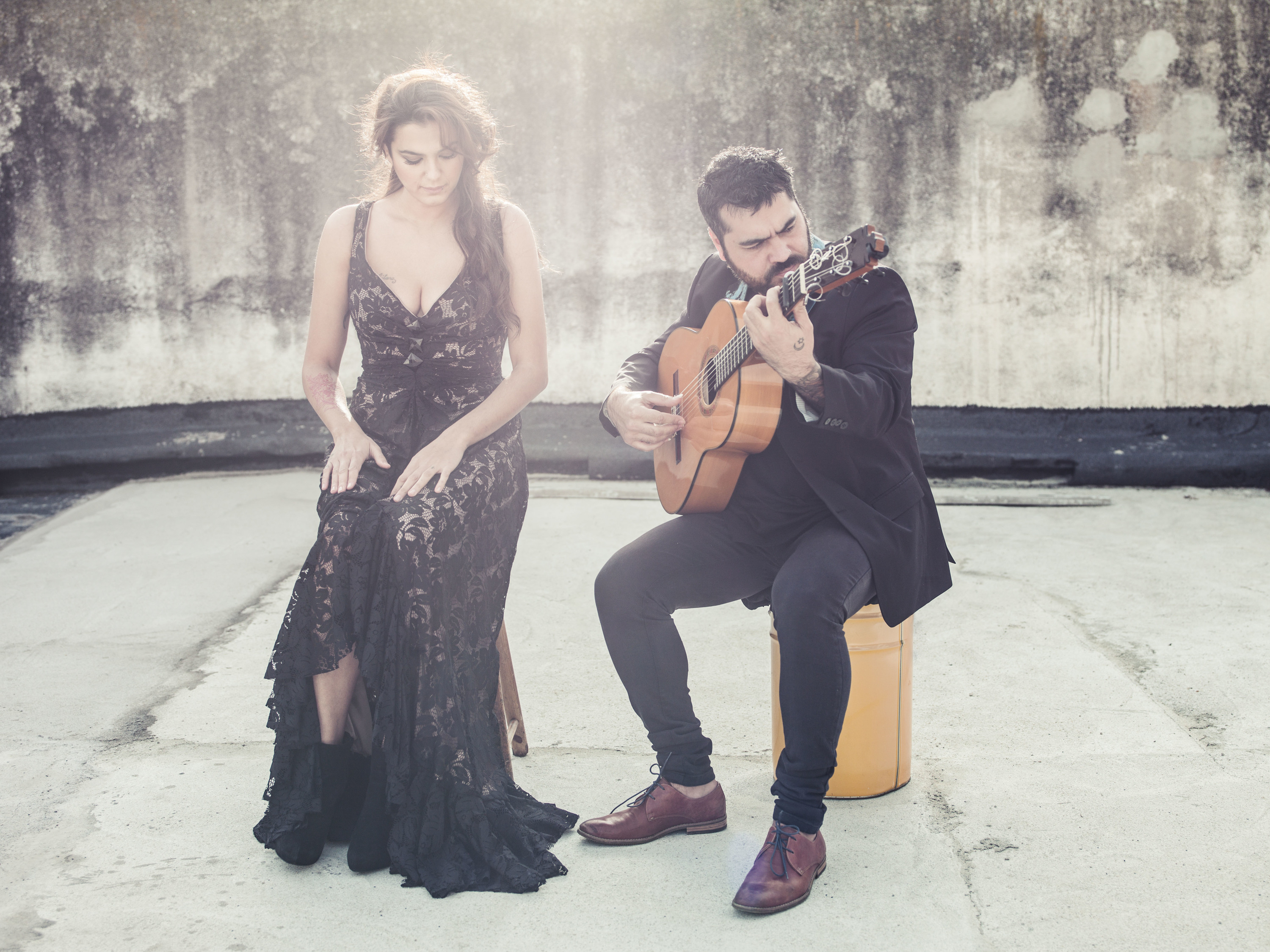
“El sol joven y fuerte/ ha vencido a la luna/ que se aleja impotente/ del campo de batalla” (Nuevo día). Corría el año 1975, y el régimen franquista atravesaba sus últimos meses. El dictador fallecería ese mismo año.
Las exigencias y deseos de cambio cobraban múltiples formas y la música no estaba al margen. Ese año aparecen dos gitanos guapos y bien plantados, hijos de artistas y herederos de familias flamencas: Lole Montoya y Manuel Molina. Juntos marcaron una época difícilmente repetible en la historia del flamenco, un soplo de aire fresco que impactó desde su debut: Nuevo día.
Trajeron canciones llenas de frescura que, de forma involuntaria, colmaron los amplios deseos de transformación. La guitarra de Manuel sonaba flamenquísima, pero distinta. La voz de Lole era un portento de claridad y luz.
Lole y Manuel editaron un total de ocho discos. De ellos, provienen los temas que su hija seleccionó para el disco Alba Molina canta a Lole y Manuel, donde traslada la esencia de la pareja de una manera fiel y personal.
Acompañada a la guitarra por Joselito Acedo, Alba Molina estará en La Mar de Músicas presentándolo y teniendo como artista invitada a la propia homenajeada, su madre Lole Montoya.
INNER CIRCLE (JAMAICA)

Inner Circle están en el top ten de las mejores bandas de reggae que ha dado Jamaica. Este año cumplen cincuenta años en la música, pero en esta formación hay mucho más allá de lo que el ojo puede alcanzar a ver.
El quinteto jamaicano es uno de los más respetados grupos de reggae en el mundo, con un largo historial de éxitos que se remontan a mediados de los 70’s entre los que destacan canciones como We a Rockers, Dog and Bone, Bad Boys, No Cocaine y Sweat (A La La La La Long). Precisamente esta canción se ha bailado en discotecas, chiringuitos y terrazas de medio planeta. Fue número 3 en Gran Bretaña y número 1 en 16 países. Esta canción le permitió al movimiento rasta, y a una banda de reggae tradicional, saltar al estrellato.
Siempre han fusionado sin prejuicios reggae con pop y rock desde que publicaron su primer álbum en 1973, cuentan con casi una treintena de discos editados, varios premios Grammy…. Fueron una de las primeras bandas de reggae de Jamaica en entrar en listas Billboard americanas.
Empezaron en 1968 y tuvieron a Jacob Miller como cantante principal hasta que falleció en un accidente en 1980. A raíz de aquello reestructuraron la banda, hicieron un parón de un par de años y volvieron a grabar. Ian Lewis y Roger Lewis siguen siendo la columna vertebral de Inner Circle después de todas las personas que han pasado por la banda. Pocas bandas en el mundo siguen en activo al cumplir 50 años. Celebrémoslo.
THE HUMAN LEAGUE (INGLATERRA)
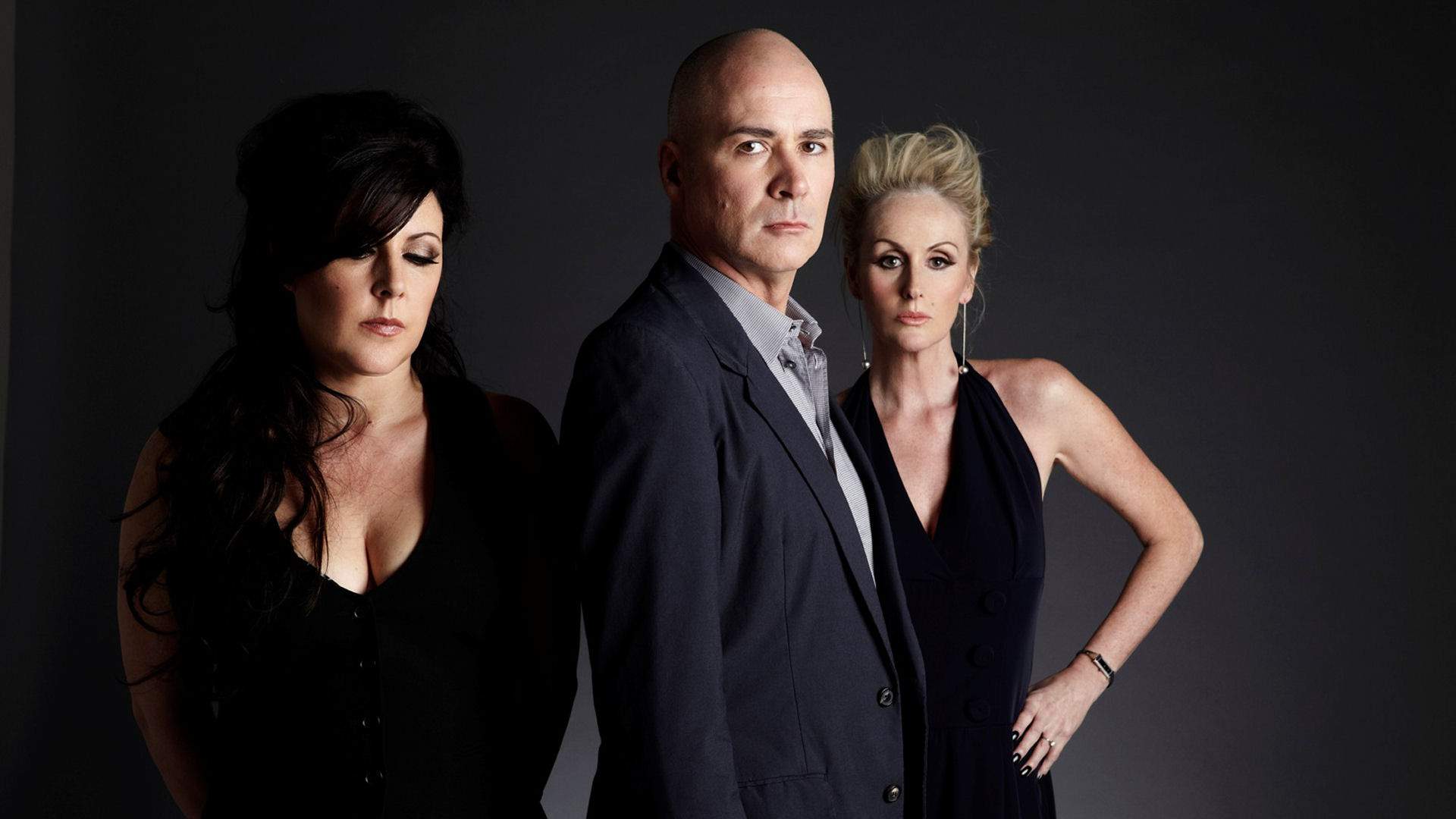
The Human League aparecieron en los ochenta cuando la gente estaba buscando algo nuevo. David Bowie dijo en su día que eran el futuro de la música. Marcaron tendencia. Fueron iconos de moda por derecho: maquillaje, pelo y ropa eran imitados por los jóvenes de todo el mundo.
Introdujeron los sintetizadores en el pop. Fueron auténticos especialistas en crear hits. Su secreto, la simplicidad en letras, música y melodía. Vendieron millones de discos, inspirado a otros artistas, y escribieron clásicos del pop como Don’t You Want Me, alcanzando números 1 por Europa y Estados Unidos.
En cuarenta años no han abandonado el pop. Para algunos son historia de la música popular, pero ellos siguen reclamando su espacio en el presente. Philip Oakey al frente y escoltado por Susan A. Sulley y Joanne Catherall estarán en La Mar de Músicas cantando temas de antaño y algunos de su último disco Credo.
THE KUTIMANGOES (ESPECIAL DINAMARCA)

Seis músicos de Dinamarca han cruzado las fronteras, emocionando a la audiencia desde Copenhague hasta Corea del Sur y África. Su música es para compartir. Formado en 2012, por Gustav Rasmussen y Michael Blicher, The KutiMangoes tomaron prestada la música de África Occidental y la fusionaron con sus propios antecedentes musicales occidentales para crear un nuevo sonido.
Desde el principio, el objetivo de la banda no era tocar o sonar como músicos africanos (¿cómo podrían hacerlo?), sino mezclar culturas para crear una nueva expresión global. Su debut «Afro-Fire» (2014) fue nominado para cinco premios Grammy de Dinamarca, ganando los premios «Best World Music Album» y «Best World Music Track». Tras el lanzamiento, la banda realizó una extensa gira por Asia, Europa, Medio Oriente y África.
En noviembre de 2016, lanzaron «Made in Africa», grabado entre Burkina Faso y Mali. Su misión no es ser antropólogos musicales, sino crear música, compartirla y unir a las personas. Por esa se enamoraron de la música africana, por su capacidad de fusionar el cuerpo, el corazón y el oído, y por tradición, que une a todos los que participan en ella.
Si estáis interesados en las entradas aquí os dejamos el enlace a la web del festival https://lamardemusicas.cartagena.es/2018/entradas.asp
The Sea of Music 2018
We return to Europe in this edition of the Sea of Music, and we are going to direct our gaze to what many call the country of happiness, Denmark.
This twenty-fourth edition, which will be held from July 20 to 28, will focus, as in previous editions, on making known the music, art, cinema and literature of this guest country; country whose musical programming we show you below.
Here is a short selection of the most renowned artists of this edition:
TEXAS (SCOTLAND)
Among the invited artists, the Texas group will fill La Mar de Músicas. The Scots who will perform at the Parque Torres Auditorium on Sunday, July 22, have already sold all the tickets for their concert in Cartagena.
The band formed by Sharleen Spiteri, Ally McErlaine and Johnny McElhone will be at the festival presenting their new work, Jump on Board, without forgetting to review the best of their successful musical career.
Texas is one of the most beloved and referential bands of britpop, with three decades of success behind it. The Scottish alternative rock band is living a second youth and they come to La Mar de Músicas with a new album Jump on board. «We feel renewed.»
We have definitely had a great time making this record. It’s time to show it. It’s like a new beginning. It is the next chapter of our history, and we love it «the incombustible Sharleen Spiteri said a few days ago in an interview. The band, founded in Glasgow in 1986, have sold more than 35 million records throughout its history and has themes that are already generational hymns Say what you want, Summer Son, Inner Smile … Music to make happy.
ALBA MOLINA SINGS LOLE AND MANUEL (SPAIN)
«The young and strong sun / has conquered the moon / that moves away impotent / from the battlefield» (New day). It was the year 1975, and the Franco regime was going through its last months. The dictator would die that same year.
The demands and desires for change took multiple forms and music was not on the sidelines. That year, two handsome gypsies appeared, well planted, children of artists and heirs of flamenco families: Lole Montoya and Manuel Molina. Together they marked a difficult time in the history of flamenco, a breath of fresh air that has impacted since its debut: Nuevo día.
They brought songs full of freshness that, inadvertently, filled the broad desire for transformation. Manuel’s guitar sounded flamenco, but different. Lole’s voice was a portent of clarity and light.
Lole and Manuel released a total of eight albums. From them, come the themes that her daughter selected for the album Alba Molina sings to Lole and Manuel, where she transfers the essence of the couple in a faithful and personal way.
Accompanied on guitar by Joselito Acedo, Alba Molina will be at La Mar de Músicas presenting it and having as guest artist the honoree herself, her mother Lole Montoya.
INNER CIRCLE (JAMAICA)
Inner Circle are in the top ten of the best reggae bands that Jamaica has given. This year they celebrate fifty years in music, but in this formation there is much more than what the eye can see.
The Jamaican quintet is one of the most respected reggae groups in the world, with a long history of success going back to the mid 70’s, among which we can highlight songs like We a Rockers, Dog and Bone, Bad Boys, No Cocaine and Sweat (To La La La Long). Precisely this song has been danced in discos, bars and terraces half the planet. It was number 3 in Great Britain and number 1 in 16 countries. This song allowed the Rasta movement, and a traditional reggae band, to jump to stardom.
They have always fused without prejudice reggae with pop and rock since they released their first album in 1973, they have almost thirty albums, several Grammy awards …. They were one of the first Jamaican reggae bands to enter American Billboard charts.
They started in 1968 and had Jacob Miller as lead singer until he died in an accident in 1980. Following that they restructured the band, they did a break for a couple of years and they recorded again. Ian Lewis and Roger Lewis are still the backbone of Inner Circle after all the people who have passed through the band. Few bands in the world are still active at the age of 50. Let’s celebrate it
THE HUMAN LEAGUE (ENGLAND)
The Human League appeared in the eighties when people were looking for something new. David Bowie said in his day that they were the future of music. They marked a trend. They were fashion icons by right: makeup, hair and clothes were imitated by young people from all over the world.
They introduced synthesizers in pop. They were authentic specialists in creating hits. Its secret, simplicity in lyrics, music and melody. They sold millions of albums, inspired other artists, and wrote pop classics such as Do not You Want Me, reaching number 1 in Europe and the United States.
En cuarenta años no han abandonado el pop. Para algunos son historia de la música popular, pero ellos siguen reclamando su espacio en el presente. Philip Oakey al frente y escoltado por Susan A. Sulley y Joanne Catherall estarán en La Mar de Músicas cantando temas de antaño y algunos de su último disco Credo.
THE KUTIMANGOES (SPECIAL DENMARK)
Six musicians from Denmark have crossed borders, thrilling audiences from Copenhagen to South Korea and Africa. Your music is to share. Formed in 2012, by Gustav Rasmussen and Michael Blicher, The KutiMangoes borrowed West African music and merged it with their own Western musical backgrounds to create a new sound.
From the beginning, the aim of the band was not to play or sound like African musicians (how could they do it?), But to mix cultures to create a new global expression. His debut «Afro-Fire» (2014) was nominated for five Grammy awards in Denmark, winning the «Best World Music Album» and «Best World Music Track». After the launch, the band made an extensive tour of Asia, Europe, the Middle East and Africa.
In November 2016, they released «Made in Africa», recorded between Burkina Faso and Mali. Its mission is not to be musical anthropologists, but to create music, share it and unite people. For that they fell in love with African music, for its ability to fuse body, heart and ear, and by tradition, which unites all those who participate in it.
If you are interested in the tickets here we leave the link to the festival website https://lamardemusicas.cartagena.es/2018/entradas.asp



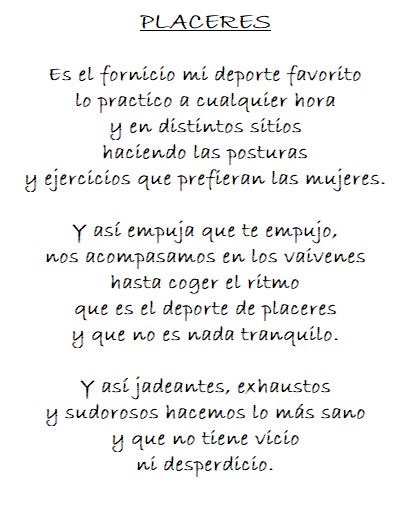
![[La_Union_Festival_Cante]_Angeles_Gabaldon_en_el_Festival_del_Cante](http://elportus.com/blog/wp-content/uploads/2018/08/La_Union_Festival_Cante_Angeles_Gabaldon_en_el_Festival_del_Cante.jpg)


